
On January 7, 2025, Channel 1 (Iran) aired a report detailing an air-defense drill at its Natanz uranium enrichment facility. The exercise, conducted by the IRGC Aerospace Force, reportedly demonstrated the successful interception of swarms of UAVs and cruise missiles targeting the facility, as well as the destruction of bunker-buster bombs launched from fighter aircraft.
News Anchor: "The first stage of the comprehensive air defense [drill], by the powerful defense units of the IRGC Aerospace Force, was successfully conducted today at the nuclear facility in Natanz, which is named after the martyr Ahmadi-Roshan. For security reasons, the news agency of the Iranian Broadcast Authority was allowed to publish only a small part of the sequence of operations."
Narrator: "This is the sound of Iran's nuclear industry's heartbeat – here at the Natanz nuclear facility. Protecting Iran's nuclear enrichment cycle, and dealing with potential aerial attacks by the enemy is the mission of these anonymous men, stationed in these systems.

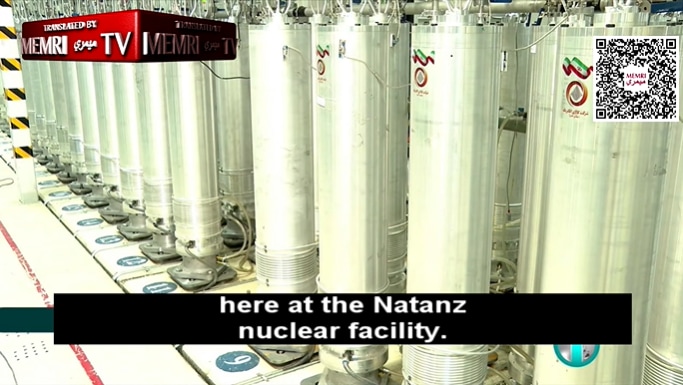
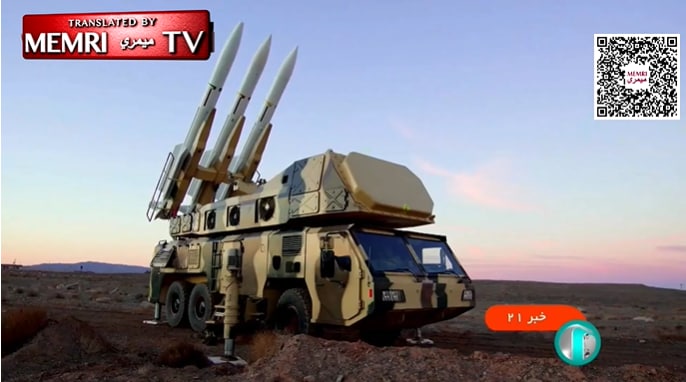
"The air-defense units of the IRGC Aerospace Force are now engaging with a surprise [attack] by various aerial targets, in order to test both a local and a comprehensive defense of this nuclear site, as part of the Show of Force maneuver. Approximately thirty targets are approaching. The Dezful and Tor M1 systems are capable of confronting aerial targets at low altitude.
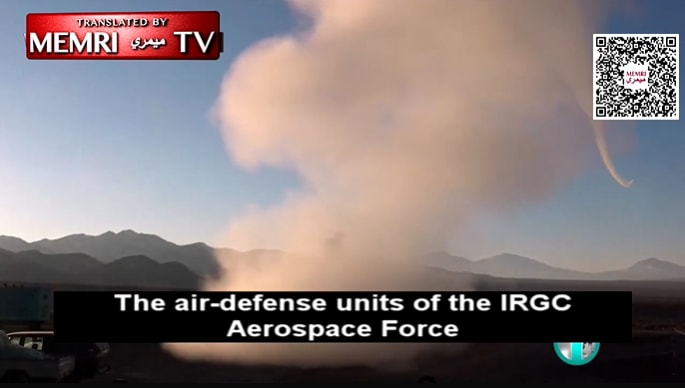
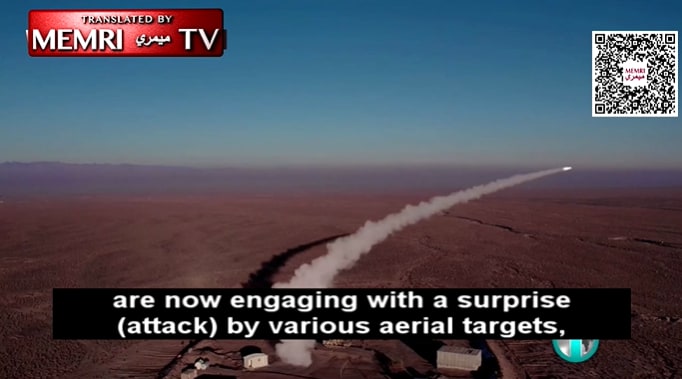
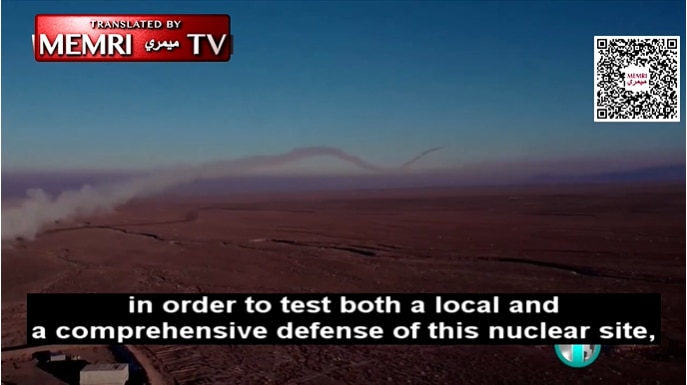
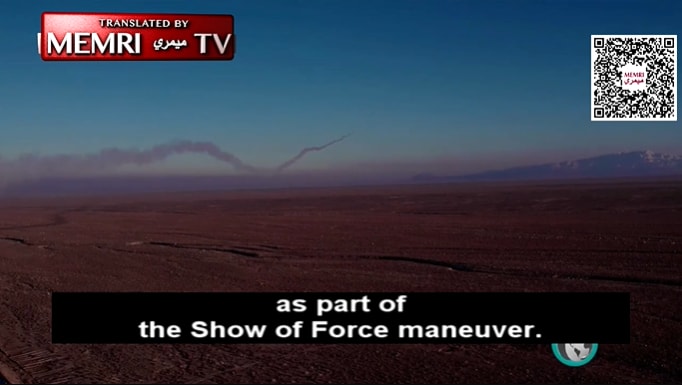
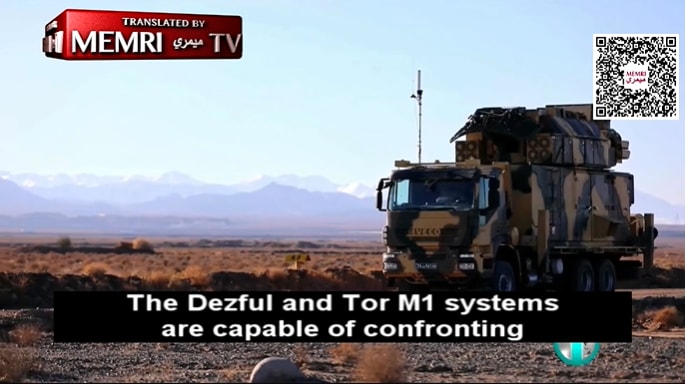
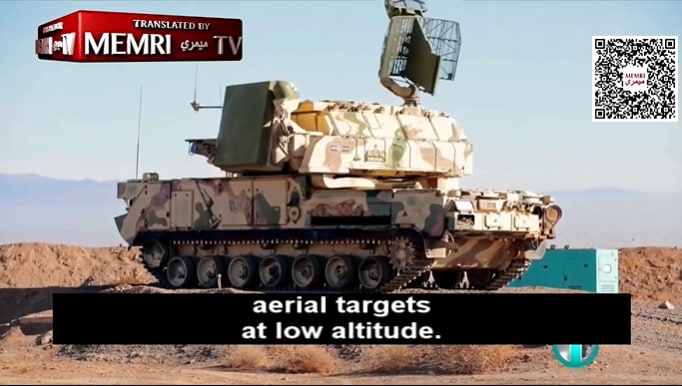
"Here, they are confronting a swarm of attack UAVs and cruise missiles, attempting to destroy the Natanz nuclear site. The hostile targets were destroyed successfully. Once they intercepted and destroyed the targets, the systems changed their location, as part of a command operation, so that their previous location cannot be detected. This tactical change of venue disrupts the enemy's calculations for its next wave of attacks. In this case, testing the accuracy and speed is overseen by the commander of the IRGC Aerospace Force. In addition, the 9-Dey system is deployed here. Its mission is to confront special targets, like cruise missile, bunker-busters, and UAVs."
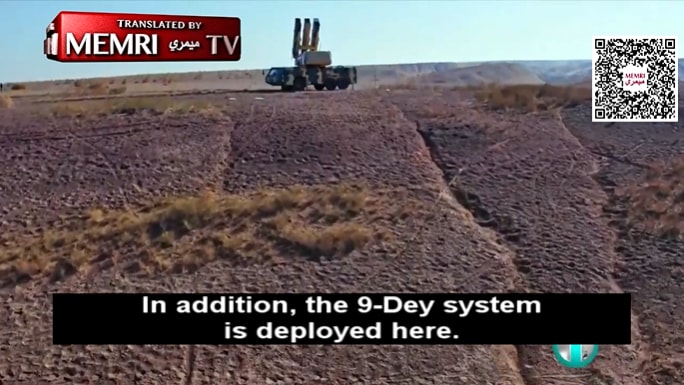
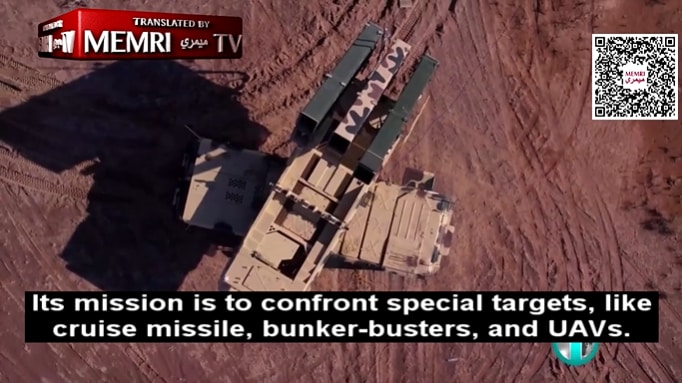
Reporter: "Now, a fighter airplane enters the air-defense zone of the Natanz nuclear site, and it is supposed to attack the nuclear facility with bunker-busters. The 9-Dey system is supposed to intercept the bunker-buster bomb released from the fighter airplane, and destroy it. This operation will take place in a few moments."
Narrator: "The target has been intercepted. The missile of the 9-Dey system – both the missile and the systems were made by the scientists of the Aerospace Force – destroys the target in less than 15 seconds, 17 kilometers away. All thirty targets that tried to remain at a very low altitude, in order to evade the detection radars, and attack the Natanz nuclear enrichment facility are destroyed by the IRGC air defense."
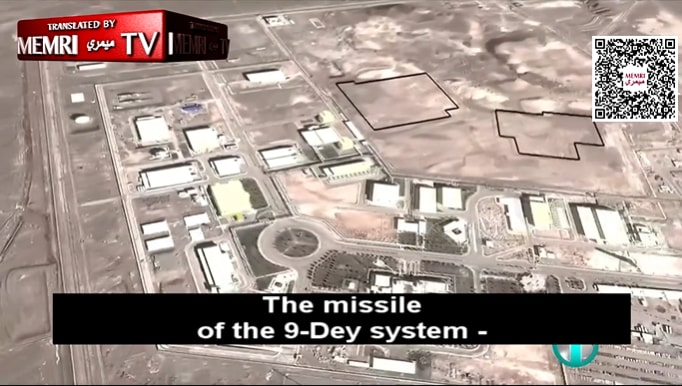

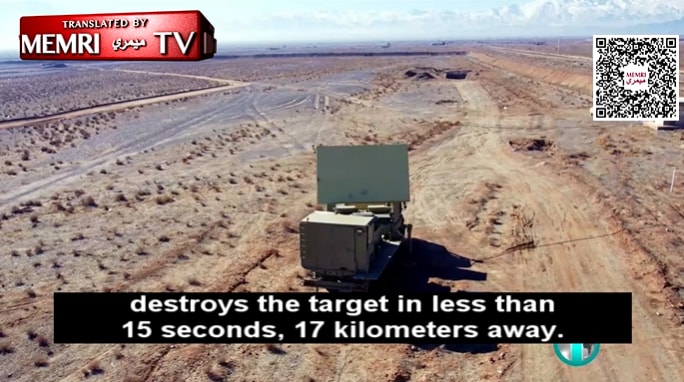













 Michigan chapter.png)